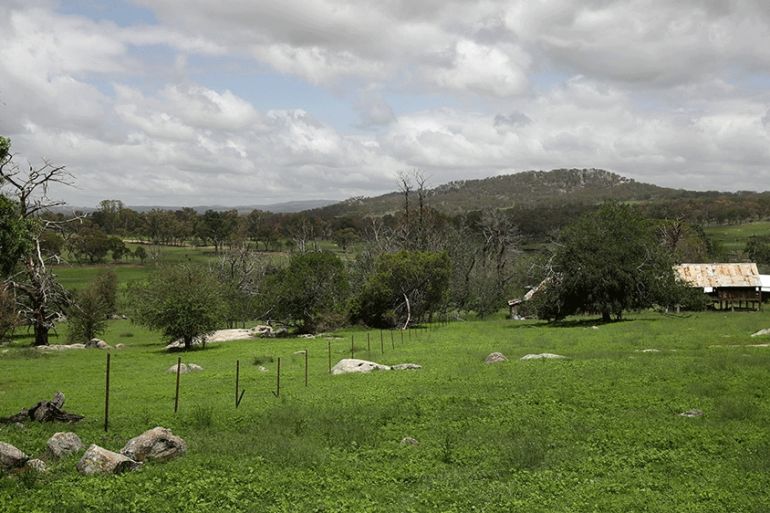Australia prepares for more wet weather as rain breaks records
Northern Australia will see an increase in rain in coming days as seasonal rains gather strength.

Authorities in the Australian state of Queensland have stepped up efforts to deliver essential supplies to stranded residents in the town of Thargomindah after the Bulloo River peaked at 5.4 metres on Sunday following the town’s wettest day in 21 years.
As food and other items were being flown or ferried in to the western outback town, Bulloo mayor John Ferguson said the water had brought plenty of flies and mosquitoes – but spirits remained high.
Keep reading
list of 4 itemsAsia bears biggest climate-change brunt amid extreme weather: WMO
Photos: Highest-level rainstorm warning issued in south China’s Guangdong
Europe endured record number of ‘extreme heat stress’ days in 2023
“When the river runs, we say it’s like an old friend coming home,” he told the national broadcaster, ABC. “We love it, we love the flood.”
Meanwhile, northern Australia will see an increase in rain in coming days as the seasonal rains gather strength.
At this time of year, known as the “wet season”, the winds change direction and blow towards the north of the country, cooling the air and bringing relief from the heat with accompanying rain.
Once the weather pattern develops, wind, rain and thunderstorms increase over the Northern Territory (NT) and to the far north of Queensland. Widespread weekly rainfall totals of between 100 and 200 millimetres can be expected, and some areas could pick up as much as 300mm.
Damaging winds are also possible, with gusts over 90 kilometres (56 miles) per hour and the waves and tides will rise, leading to a risk of coastal flooding and land erosion.
The wet season also increases the chances of tropical cyclone development. Several forecast models indicate possible cyclone formation in the warm waters off the Cape York Peninsula by the end of the week. Whilst the various models show the potential for a cyclone, the forecast track is less certain.
The Australian Bureau of Meteorology (BoM) has, meanwhile, released the seasonal outlook for rainfall – and the news is positive.
The latest forecast models suggest that near-to-above average rainfall is likely between April and July for large parts of northern, central and southern Australia, including drought-stricken areas in the southeast.
This is one of the best seasonal rainfall outlooks for some time and could bring consecutive months of above average rain that is needed in many drought-affected areas.